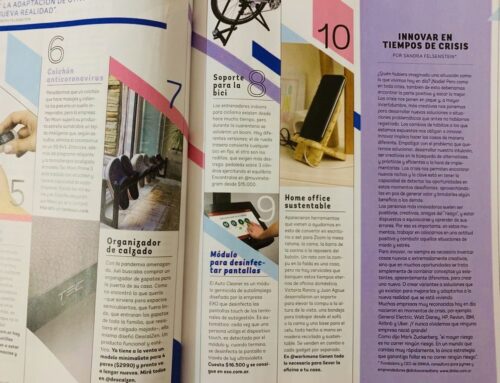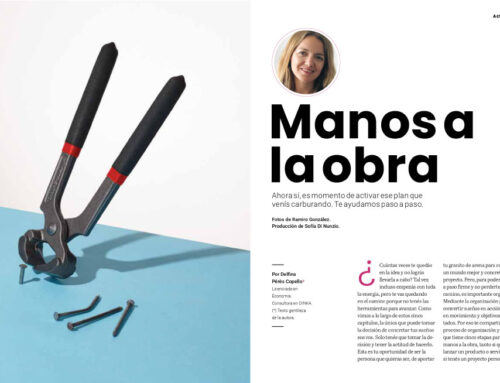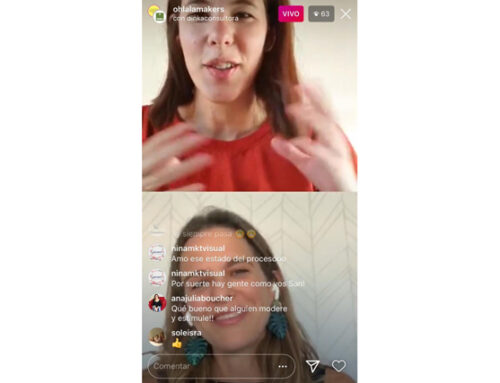Proximity businesses can still take great advantage of their location, despite the e-commerce boom and outsourced delivery. For that they must focus on good quality, adequate care and customer adaptation. And add the digital tools that allow them to capture new consumers. Three cases.
In full explosion of geolocation, the colorful bicycles with fast delivery and e-commerce, the neighborhood business resists. And not only resists, but it is renewed. What are the keys to close business? What are neighboring stores to survive, even in this recessive context? How do they nourish virtual tools? And finally, what are the mistakes they should avoid if they want to grow without shocks?
critical factors
Mariano Mileo is a professor at the IAE and specialist in medium and small signatures. Postulate start with realism regarding the possibilities of a new business to access the best locations in a neighborhood, "which are usually out of the economic reach of a recent entrepreneur." Before falling into frustration, however, it emphasizes that the entrepreneur “should establish the real importance of the location for the business that wants to initiate. Because thus it will allocate to that objective only the necessary resources, and will allocate efforts to the variables that will make differential and sustainable to the business: staff, setting of the premises, product variety, stocks, low prices, equipment, distribution, distribution, etc.
In a more conceptual way, Mileo emphasizes the danger of losing sight of the essentials: “The day to day makes the entrepreneur to forget what were the critical successful factors (FCE) that surely evaluated when launching its entrepreneur Trope ’as a company.
Who, where, how many
From the Dinkka consultancy, specialized in SMEs, Delfina Pérès Copello emphasizes the importance of having the segment of customers to which it will point from a certain location, although that is only the beginning. "It is not enough only to know who they are going to buy us, but also analyze their behavior, identify where they are and estimate what the volume or trafficking of people will be. Another consideration can be the proximity of business with complementary products and with a target similar to ours, in order to be able to leverage them and thus capture that influx of consumers, which is also our target market," he says.
Pérès Copello strongly advises to go down with specific numbers. It aims to first determine the calculation of the necessary traffic, so that the business can initially match expenditures and income, and then begin to generate profits: "We recommend taking into account the structure of fixed and direct costs, in order to determine the balance of the business, that is, that necessary billing per month to be able to face and cover all the expenses and thus not have losses."
The expert immediately proposes a numerical example, and thus manage to establish the income floor necessary to sustain the basic balance: “If a business has to cover expenses for $ 100,000, and an average ticket of $ 250 is estimated, then at least 400 monthly sales have to be completed, that is, 20 daily sales (calculating an average of 20 days in which the store remains open every month). Daily objective should translate into a range of between two and three sales per hour. ” Now, not all who enter the premises are going to make a purchase, so at least 10 people per hour have to enter, according to the criteria of Pérès Copello, so that between 20% and 30% of those who enter effective consumption. Then the moment of verification arrives: is such a goal of entrants in the premises, day after day, time after time, in order to cover at least the expenses of the operation?
Tools
The Dinkka consultant emphasizes first focus on the needs of the client, "and then offer a value proposition that is differential with respect to other alternatives. Once these points are identified, you must work on the purchase experience, a key aspect in the decision making of consumers." This approach, he affirms, will generate a differential value, which will at the same time allow clients who so far chose other alternatives, in addition to retaining and loyalty to their own.
Mileo, of the IAE, among the classic 4 p of the marketing (price, product, point of sale and advertising), emphasizes the last leg when it comes to neighborhood bus They are the channel, but it requires two key aspects: creativity to achieve impact of the post, and a specialist who guides in how, when and where to publish at the most reasonable cost.
Pérès Copello, as expected, agrees on the emphasis on social networks, "an excellent communication channel of products, services and promotions, for its effectiveness, wide arrival and repercussion at low cost." But it puts the magnifying glass in the "real" premises. For them he advises designs "not overloaded, where the client can perceive and understand the proposal that is being offered." Less is more "is our recommendation, to select what you want to highlight." When loyalty, customers can be used such as accumulation of points for purchases made (which then allow access to discounts), Product Awards for buying at a certain frequency, obtaining discounts for recommendations, among others. "But you always have to position yourself from the client's head, to understand your needs and on that basis to offer a proposal that is valued," emphasizes the expert.
Chopped and wallets
Asked for a successful case, Mileo does not hesitate to mention two examples: "All fashion, which achieved its expansion based on managing the box that a place should contribute to the business, in order to open the next." And secondly, the Piccadelly chain, of chopped at home, “whose business model changed them as a result of the negotiation with the motorcycle union, the appearance of the delivery companies, and other factors. But they never lost the focus on the quality of the raw material, the production efficiency and the presentation of the product, that is to say its key factors of success,” he says.
Pérès Copello describes the case of a client that designed, manufactured and sold wallets. "At the time of contacting us, the businesswoman was alone in charge of all the responsibilities of the business, but did not have effective and safe information for decision making. Thus, the early stages of the work focused on providing management tools. Then," explains the specialist, "we work in the cost structure of each product, to define prices, which at the same time should be competitive in the market. Thus, when you reach healthy results for the business They were adding an administrative assistant, developing the commercial strategy (with the incorporation of resellers to expand the geographical areas and increase sales significantly), and also improve the collections and the flow of funds.
Thus, the store to the street was waiting, explains the consultant, "because at that time the opening of an own commercial premises was not yet, since the sales volume required to face the fixed and direct costs was not too high." The solution? "Deliver products in consignment to complementary clothing and products, in order to start having visibility of the brand on the street," he explains.








